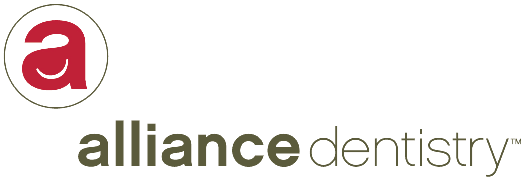Invisalign Apex, NC
Many patients come to an orthodontist who are out of their teens and into their 20s, 30s, or 40s. They would like to realign their teeth, but don’t want to wear braces. What is explained is that social ideas or judgments should never impede your decision to want a better smile. However, we understand that there may be reservations in getting braces. In this case, we may recommend Invisalign or another form of clear retainer. These are similar to braces in that they can realign your teeth, but they are clear and not visible.
Invisalign is not suitable for everyone and has its limitations. If you would like to know more about Invisalign or whether or not you are a candidate for the treatment, please consult an orthodontist.
The Limitations of Invisalign
Invisalign is not the same as metal braces; nor does it have the same force. Therefore, if you require complex orthodontic treatment or a significant movement of teeth, metal braces will likely be recommended. If the following apply to you, Invisalign might not be a good idea.
The Shape of Your Tooth – Some people will have teeth that are in such a shape that they do not fit properly in the aligner. Short, rounded, pegged, or severely tipped teeth are generally not ideal because they won’t help the aligner to get a good grip on the teeth.
The Position of Your Tooth – An overcrowded mouth can lead to tooth rotation. If the rotation is more than 20 degrees in the molar area, the Invisalign aligner will be unable to move them into the right position. In incisors, canines, or premolars the degree amount can be more. Furthermore, if a tooth is tilted back or forward more than 45 degrees, metal braces will be better.
Gaps In the Teeth – If you have one or two gaps in the teeth, Invisalign may be able to close them; however, they cannot do so in teeth that are more than 2-6mm per arch.
Intrusion and Extrusion
Braces are able to move the teeth into a position so that all teeth are the same height. Invisalign can only do this in a limited way. Usually, this is around the front area of the teeth and not in the back.
Midline Movements
If the line down the middle of your face does not match, it could mean that your jaw is misaligned. It is possible for Invisalign to correct this discrepancy, but only by 2 mm to the left or the right. If you would like anything larger, braces will be required.
Previous Dental Treatment
It is possible that previous dental work could exclude you from being able to use Invisalign. For instance, if you have a dental bridge, veneers, or crowns, you may not be a candidate.
Do You Wish to Straighten Your Teeth with Invisalign?
As technology changes, so too do orthodontic treatment options. The limitations of using Invisalign are constantly changing. If you were previously told you are not a candidate, you might be now. Please call an orthodontist to learn more about Invisalign or alternative options.
Resources:
Wikipedia, Dental Care
